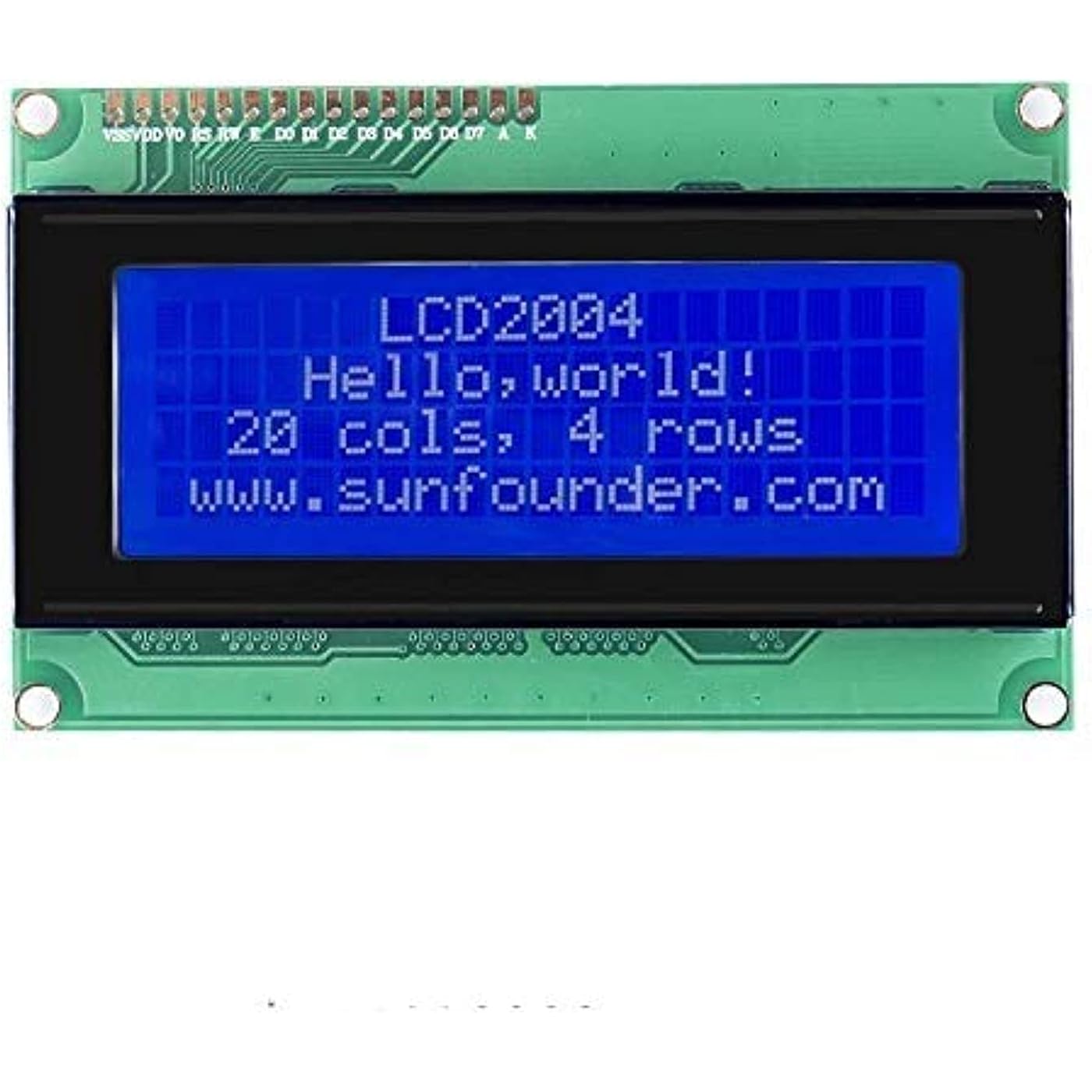
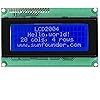
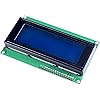
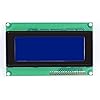
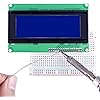
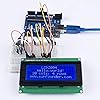
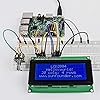
Ready to go? Add this product to your cart and select a plan during checkout. Payment plans are offered through our trusted finance partners Klarna, PayTomorrow, Affirm, Afterpay, Apple Pay, and PayPal. No-credit-needed leasing options through Acima may also be available at checkout.
Learn more about financing & leasing here.
30-day refund/replacement
To qualify for a full refund, items must be returned in their original, unused condition. If an item is returned in a used, damaged, or materially different state, you may be granted a partial refund.
To initiate a return, please visit our Returns Center.
View our full returns policy here.
Color: LCD2004 (1Pack)
Features
Description
Introduction LCD2004 display is a dot matrix module designed to display 20 characters including letter, number, and symbol, supporting 4-bit and 8-bit data transmission mode. It’s quite convenient for beginners to call the built- in library Liquid Crystal compatible with Arduino IDE, no need to edit yourself. Working voltage: 5V; Contrast adjustable with a 50K potentiometer onside. To use the 3.3V backlight, just connect pin A to 3.3V, pin K to GND. Note: Solder the pin headers on it before using. Pins’ Function VSS: Connected to ground VDD: Connected to a +5V power supply VO: To adjust the contrast RS: A register select pin that controls where in the LCD’s memory you are writing data to. You can select either the data register, which holds what goes on the screen, or an instruction register, which is where the LCD’s controller looks for instructions on what to do next. R/W: A Read/Write pin to select between reading and writing mode E: An enabling pin that, when low-level energy is supplied, causes the LDC module to execute relevant instructions. D0-D7: To read and write data A and K: Pins that control the LCD backlight For more details, please click: Package Included 1 x LCD2004(The Pin Not Included)
Brand: SunFounder
Graphics Card Description: Dedicated
Specific Uses For Product: Custom Electronics Displays, Prototypes, DIY Projects
Model Name: LCD2004
Included Components: LCD2004 Module
Color: LCD2004 (1Pack)
Special Feature: Portable
CPU Manufacturer: sunfounder
Connectivity Technology: Bluetooth
Display Resolution Maximum: 120x32 dots
Screen Resolution: [EO] 83 x 40
Max Screen Resolution: 120x32 dots
Card Description: Dedicated
Brand: SunFounder
Series: LCD2004
Item model number: 2004LCD
Item Weight: 1.44 ounces
Product Dimensions: 4.72 x 4.33 x 1.18 inches
Item Dimensions LxWxH: 4.72 x 4.33 x 1.18 inches
Color: LCD2004 (1Pack)
Processor Brand: sunfounder
Computer Memory Type: DDR4 SDRAM
Voltage: 5 Volts
Date First Available: June 1, 2017